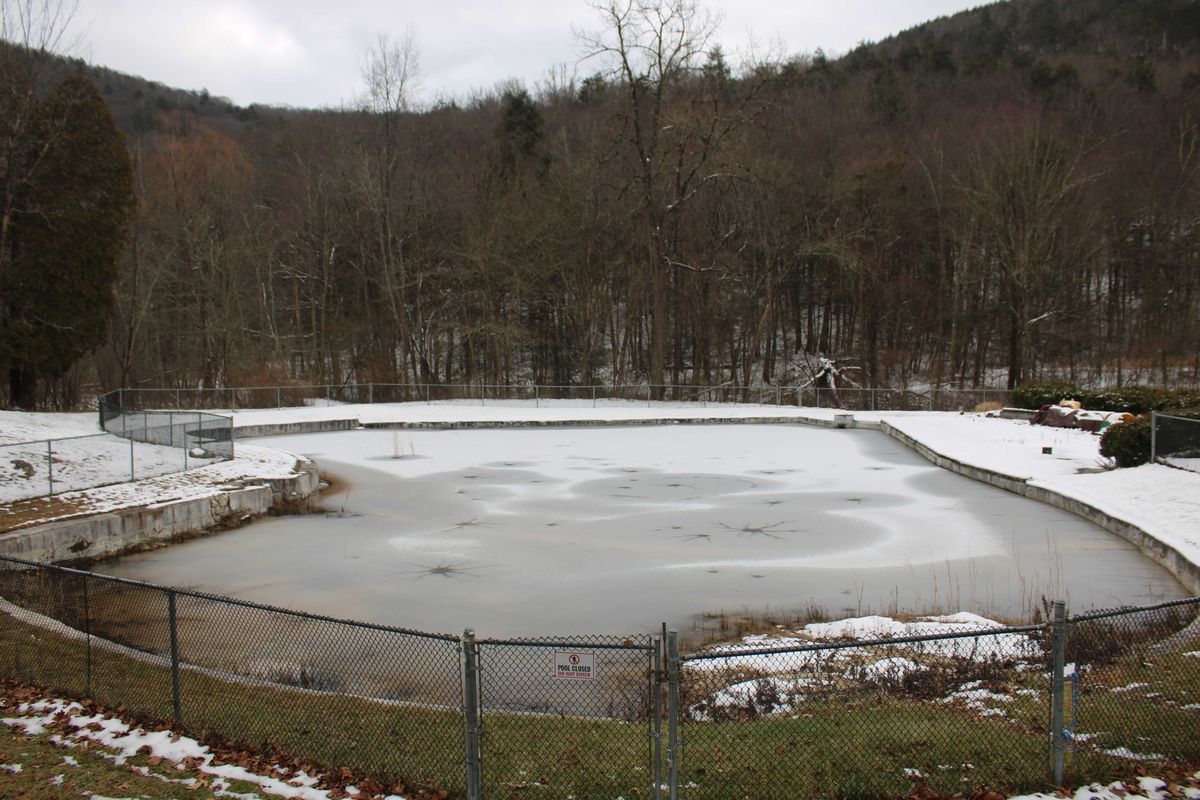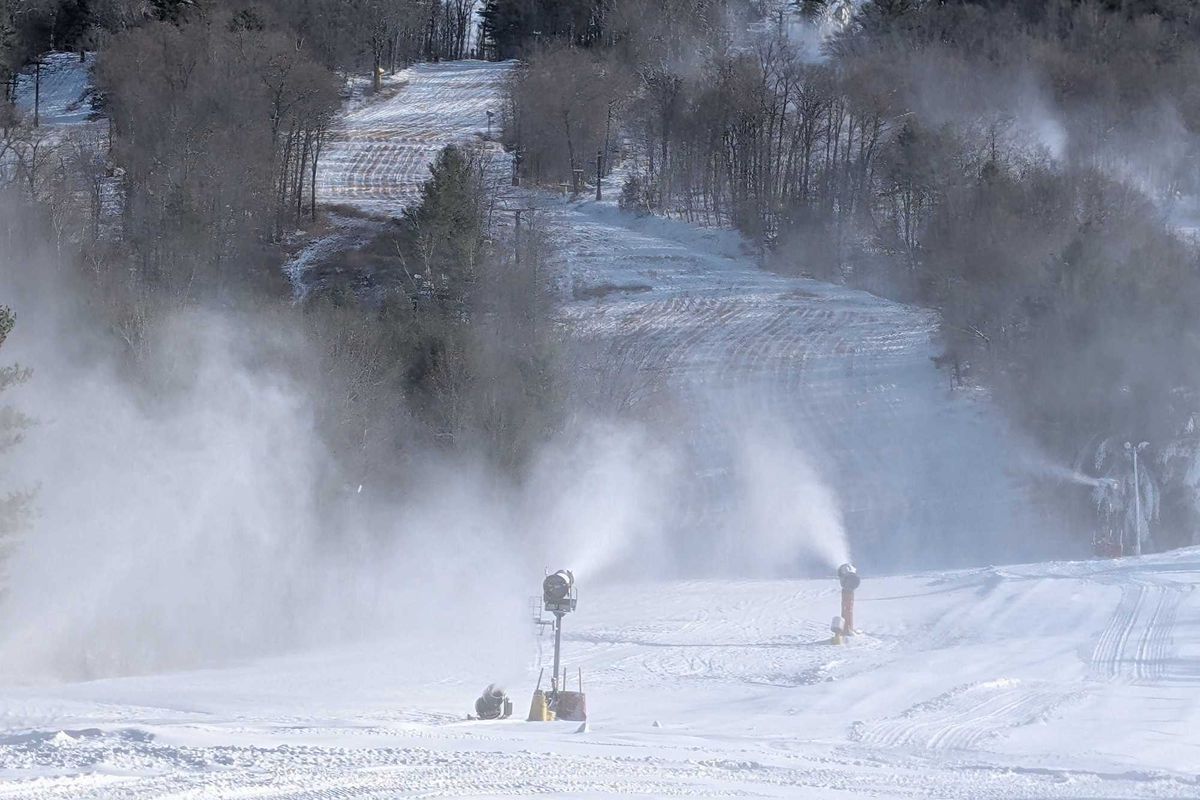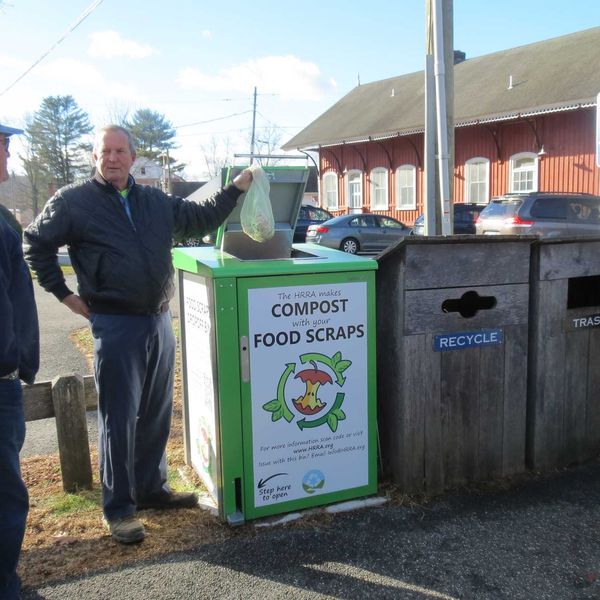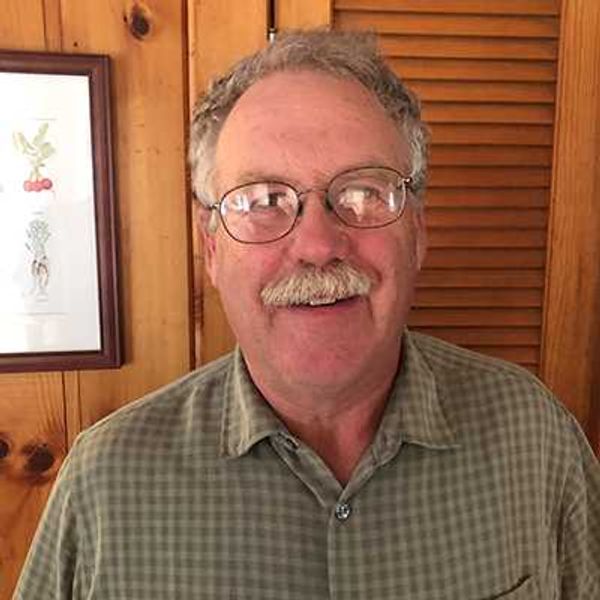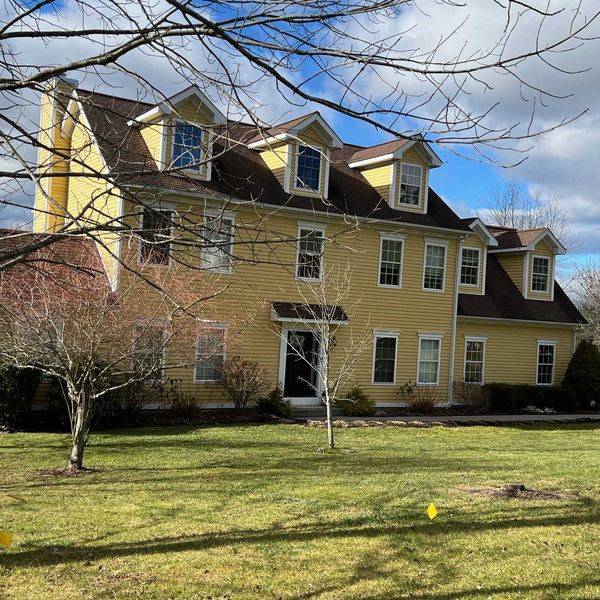In a Topsy-Turvy World, the Highland Games Bring a Taste of Tradition

The Round Hill Highland Games return to Lime Rock Park in Salisbury, Conn., on Sunday, June 26, with caber tossing, a 1-mile kilted run and many other exotic delights. Photo by Cynthia Hochswender
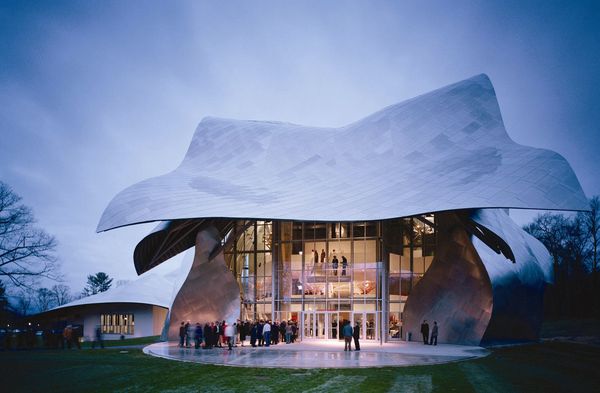
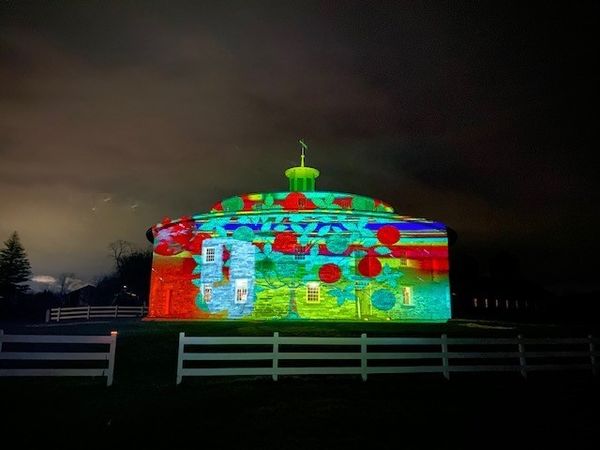
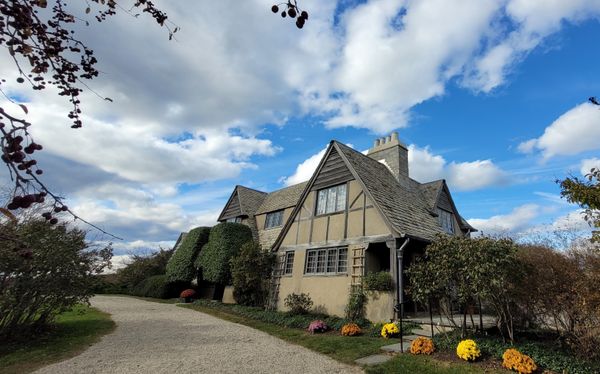

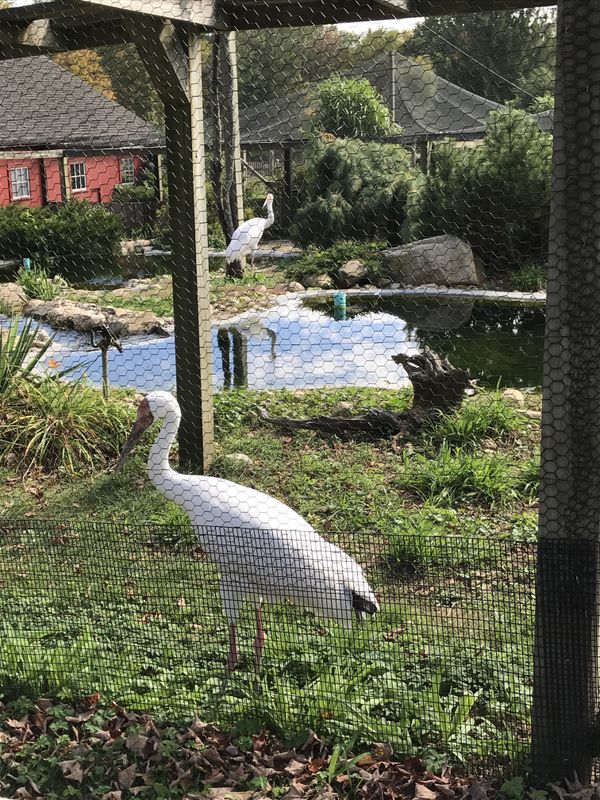
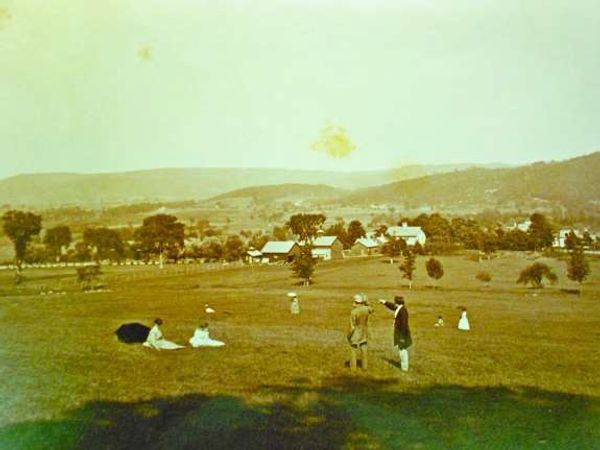
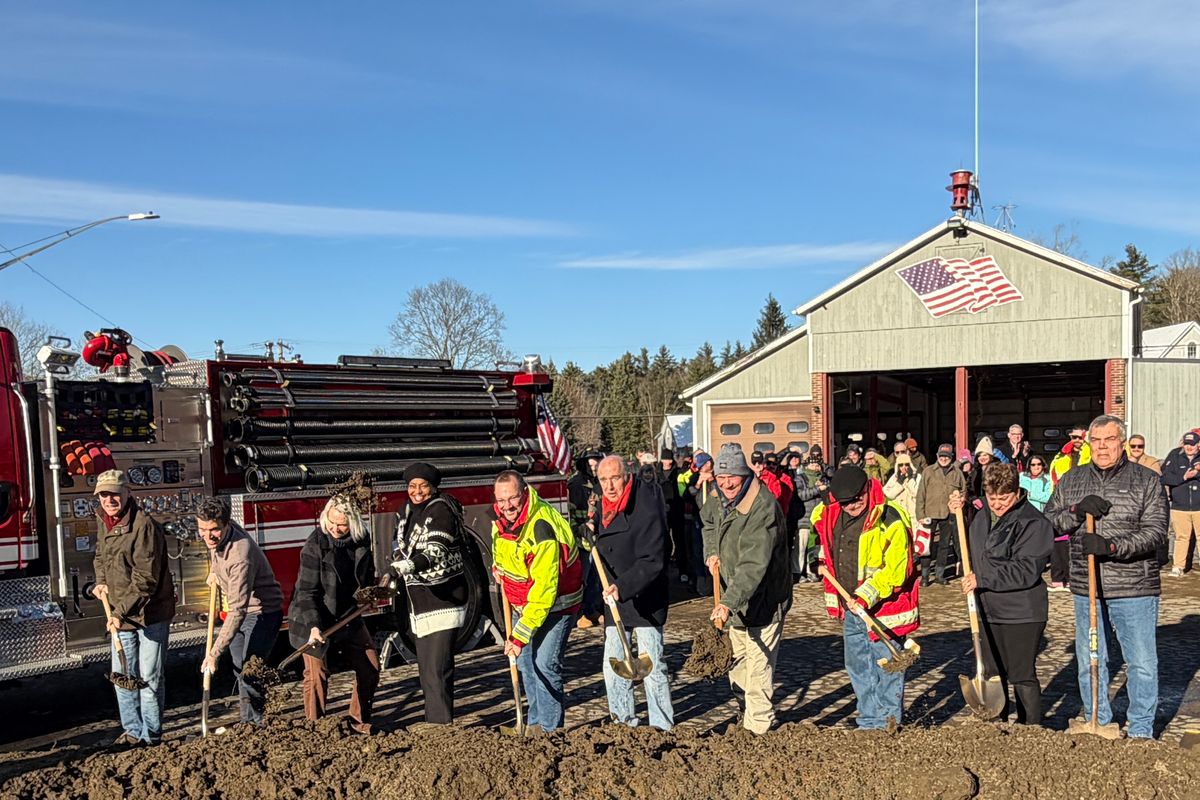
 Attendees gather inside the current Norfolk firehouse to hear remarks during the groundbreaking ceremony for the department’s new facility.By Jennifer Almquist
Attendees gather inside the current Norfolk firehouse to hear remarks during the groundbreaking ceremony for the department’s new facility.By Jennifer Almquist